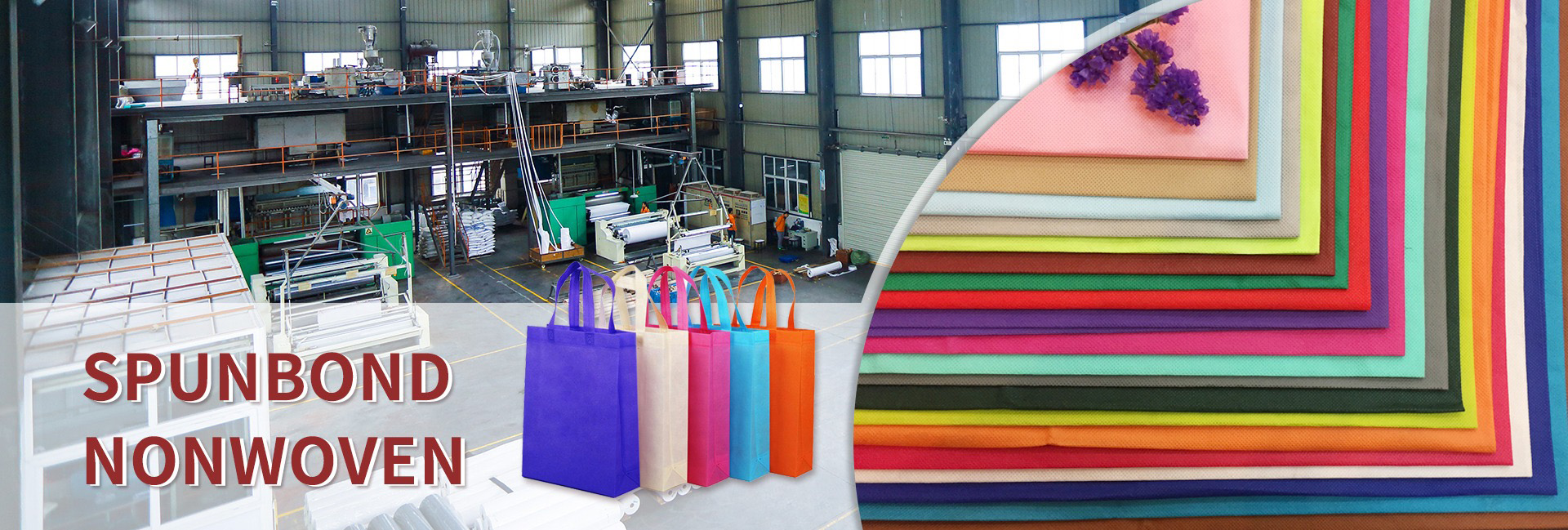Phenomenon: “One time Protection Revolution” in Medical Scenarios
Market Expansion: The global market size of medical non-woven disposable products will reach 89.6 billion US dollars in 2024, a year-on-year increase of 17.3%; China accounts for over 35%, with disposable masks, protective clothing, and surgical kits contributing 72% of sales. The daily consumption of tertiary hospitals has increased by 2.1 times compared to 2019.
Product Evolution: Upgrading from Basic Protection to “Precise Adaptation” – Surgical Masks Add “Anti Fog Breathable Layer”, Increasing Fit by 40%; The surgical gown is made of “SMS composite non-woven fabric” (spunbond+meltblown+spunbond), with a waterproof performance of up to 800mm hydrostatic pressure while retaining breathability; The popularity rate of customized “department exclusive packages” (such as pediatric infusion containing cartoon patterned protective covers) exceeds 60%.
Scene penetration: Extending from high-risk departments (ICU, infection department) to the entire scene, the usage rate of disposable dental chairs in dental clinics has reached 98%, the proportion of disposable nursing pads replacing traditional cotton pads in rehabilitation departments has exceeded 75%, and the annual purchase volume of “disposable sterile sets” in primary health centers has increased by 53%.
Motivation: Dual drive of medical safety and efficiency
Rigid requirements for infection control
According to WHO data, the use of qualified disposable medical supplies can reduce the cross infection rate of hospitals by 38%. After the COVID-19 epidemic, the policy of “zero tolerance of hospital sense” was implemented in medical institutions in China, and disposable protective clothing and isolation clothing became the standard configuration for medical staff; For immunocompromised populations (such as chemotherapy patients), the use of disposable bedding can reduce the risk of contact infections from 12.7% to 2.1%.
Significant improvement in medical efficiency
Traditional cotton surgical gowns need to go through 7 processes of “collection sorting cleaning disinfection sterilization drying folding”, with a single processing cost of about 28 yuan and a time of 48 hours; Disposable surgical gowns can be opened and used immediately, with a single set cost of 15-22 yuan, saving 90% of processing time, especially suitable for emergency situations and scenarios with a surge in surgical volume.
Upgrading the support of industrial technology
China has formed three major medical non-woven fabric industry clusters: Xiantao in Hubei, Foshan in Guangdong, and Suzhou in Jiangsu, with a production capacity accounting for 42% of the world’s total; The filtration efficiency of meltblown fabric has been increased from 95% (N95 standard) to 99.9% (medical protection level), and antibacterial non-woven fabric has added nano silver ions, extending the antibacterial time to 72 hours, meeting the needs of complex medical scenarios.
Breaking through the impasse: Building a triangular balance of “safety efficiency environmental protection”
Industry side: Material Innovation and Quality Control
Biodegradable breakthrough: Shandong enterprise has developed “PCL medical non-woven fabric“, which can be completely degraded in the medical waste treatment environment in 6 months, with a cost only 18% higher than traditional materials. It has been piloted at Ruijin Hospital in Shanghai;
Quality traceability: Establish a “one item, one code” system, scan the product QR code to view production batches, sterilization records, and protection levels. By 2025, full coverage of medical disposable products will be achieved nationwide.
Policy side: Standardized use and circular governance
Graded use criteria: specify that “disposable supplies must be used in high-risk scenarios (such as the new crown ward), and reusable disinfection supplies are preferred in low-risk scenarios (such as ordinary outpatient clinics)”, and it is expected to reduce excessive consumption by 15%;
Waste disposal: Promote the “high-temperature steam sterilization+crushing recycling” technology, increase the recycling rate of medical non-woven fabric waste from the current 9% to 35%, and convert it into recycled plastic particles for industrial production.
Medical institution end: process optimization and scenario adaptation
Dynamic adjustment strategy: Peking Union Medical College Hospital has established dosage standards for different departments, such as reducing the daily consumption of disposable protective clothing from 12 sets to 8 sets in ICU and from 5 sets to 3 sets in general internal medicine;
Training reinforcement: Conduct training on the correct use of disposable items to ensure that medical staff master the “wearing and taking off norms” and “matching protection levels”, and avoid the risk of infection or resource waste caused by improper use.
Dongguan Liansheng Non woven Technology Co., Ltd. was established in May 2020. It is a large-scale non-woven fabric production enterprise integrating research and development, production, and sales. It can produce various colors of PP spunbond non-woven fabrics with a width of less than 3.2 meters from 9 grams to 300 grams.
Post time: Oct-03-2025

